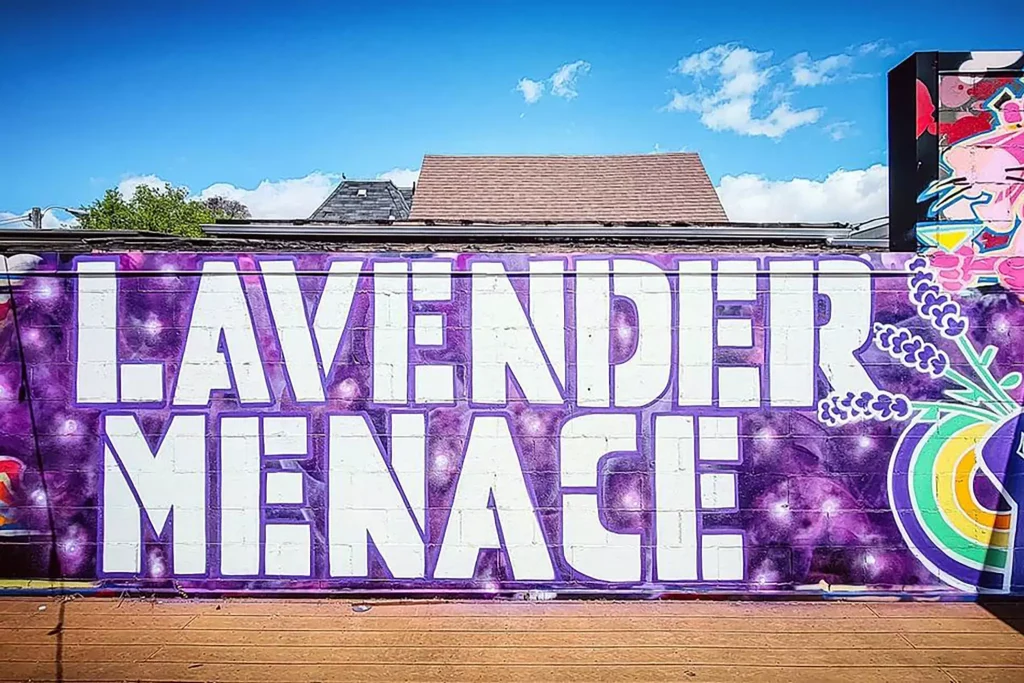“We’re not afraid to be queer and different
If that means hell, well hell we’ll take the chance
They’re all so straight, uptight, upright and rigid …
Lavender nights our greatest treasure
Where we can be just who we want to be”
-The Lavender Song by Ute Lemper
We see the colours Lilac and Lavender currently making rounds in the GenZ fashion. The colour lavender which is essentially, purple mixed with a tinge of white is a frontrunner in spring pastels and florals. But did you know the colour has strong ties with lesbianism and the LGBTQ community?
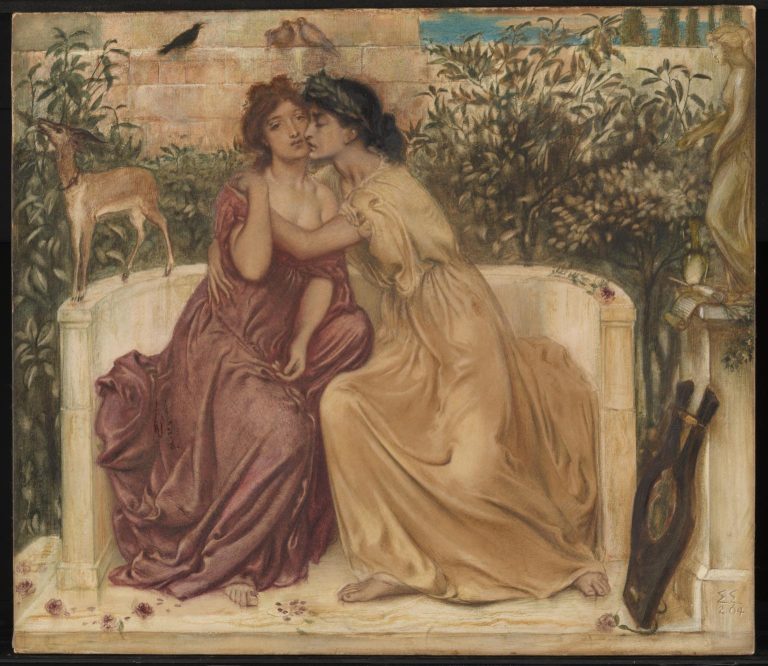
Courtesy: Tate
It all started when in ancient Greece, the renowned poet Sappho of the island Lesbos mentions the colour violet in her poem. The poetries of Sappho are known for her dedication to female beauty. The origins of the words Sapphic and Lesbian itself come from her name and island. In one of her poetries about women Sappho writes:
“all the violet tiaras,
braided rosebuds, dill and
crocus twined around your young neck”
This is only the origin of the association of the colour purple with the queer community. After the invention of purple synthetic dye in the early 19th century, men wore “Lavender moleskin or doe-skin trousers” (cr: Kassia St Claire) frequently, but in the late 19th century the colour started being tied with homosexuality. It was also Oscar Wilde who in his trip to Rome reminisced about the “purple hours” he had spent:
“In the mortal sphere, I have fallen in and out of love and fluttered hawks and doves alike. How evil it is to buy love, and how evil to sell it! And yet what purple hours one can snatch from that grey slowly-moving thing we call Time! My mouth is twisted with kissing, and I feed on fevers.”
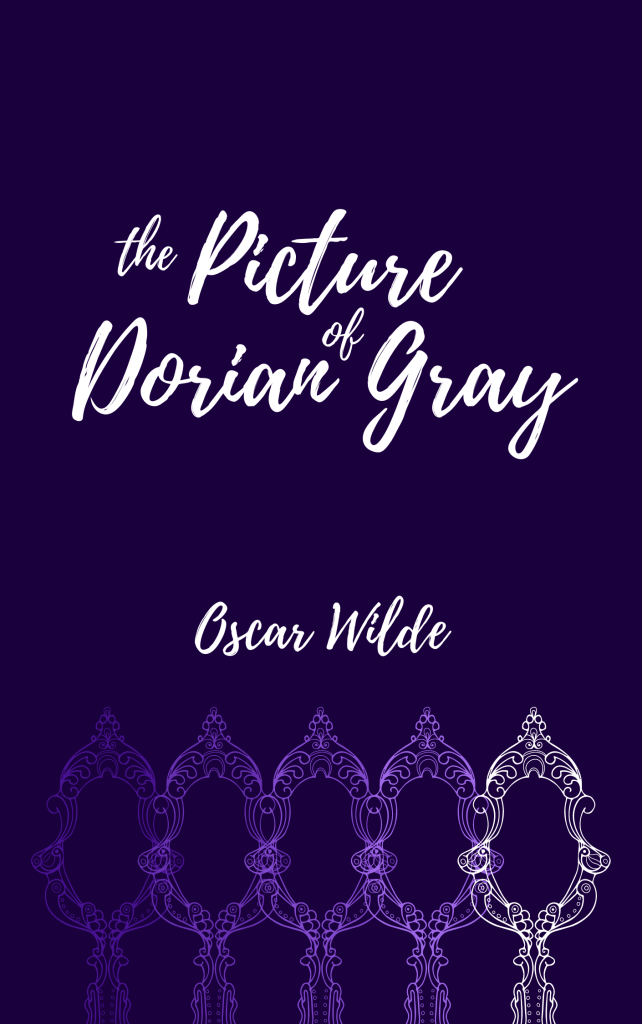
Courtesy: Making Queer History
In the biography of the 16th U.S. president Abraham Lincoln, Carl Sandburg described the leader as having a “Streak of Lavender” referring to his sexuality and male friendships. Hence, the term Lavender became a slang term for effeminate/queer men. The colour gained a strong political significance in the 1930s, during the “Lavender Scare” period of U.S. history. The movement, named by David K. Johnson, Lavender Scare was an era of the anti-homosexual campaign that spread in the U.S. government wherein the fear and panic of having queer people work for the U.S. government led to the dismissal of around 5,000 federal workers losing their jobs on the suspicion of being queer.
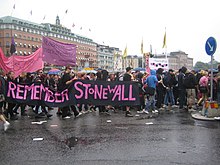
The Stonewall Riots is widely considered a pivotal moment in LGBTQ history. It was during the power march from Washington Square Park to Stonewall Inn in NYC, that lavender ribbons were distributed to protestors as a symbol of solidarity. The history does not end here, in the 1970s Betty Friedan who was the president of the National Organisation for Women tried to exclude lesbians from the feminist movement terming them as a “Lavender Menace” to the liberation of women. This ignited the formation of the Lavender Menace group, which was a group of lesbian activists who owned the term via hand-printed tee shirts stormed an event on stage and distributed their manifesto.
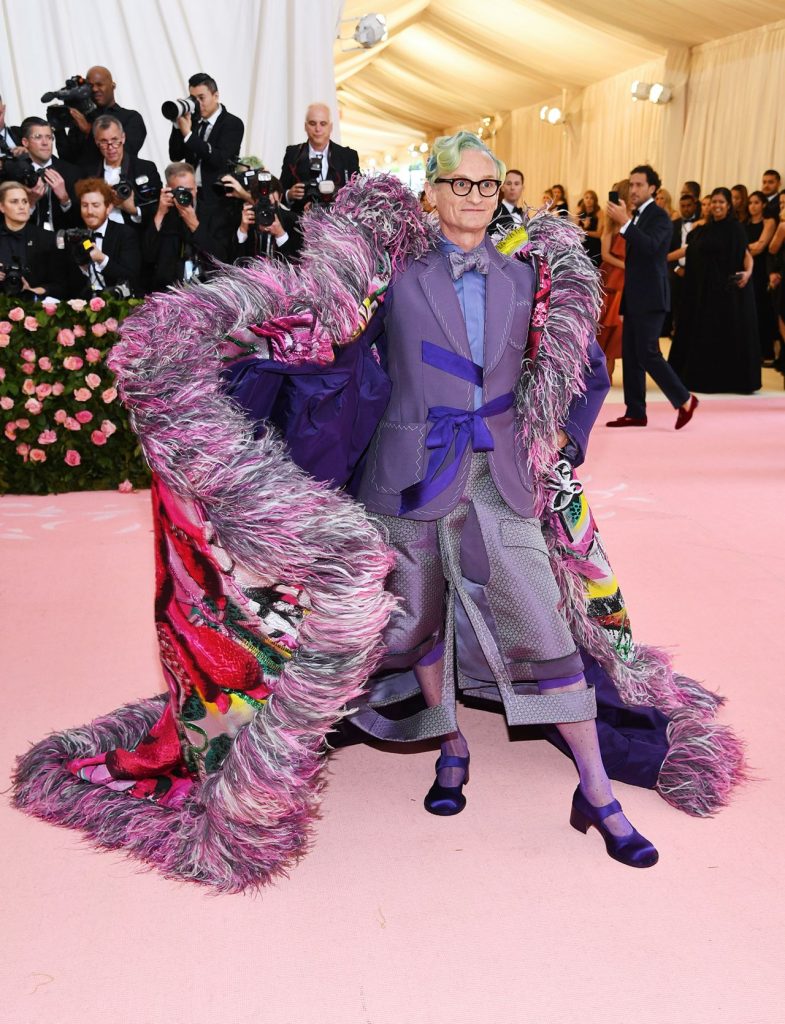
Courtesy: CNN
From The Colour Purple by Alice Walker to The Captive by Edouard Bourdet, the history of shades of Purple is representative of queerness. The political history of the purple spectrum keeps repeating itself in literature, art, culture and fashion around the world. The intricate interweaving of the colour lavender with the LGBTQ+ community’s history showcases its enduring symbolism as purple’s political and cultural resonance persists worldwide, embodying the essence of queerness.
References:
- CNN- How lavender became a symbol of LGBTQ resistance
- V & A- Violet Delights: A queer history of purple.
- Dressing Dykes- From Lavender to Violet: The Lesbian Obsession with Purple.
- Padraigrooney- Purple Hours: Oscar Wilde in Rome.
- The walled garden at mells- Flowers of Pride: Sapphos Violets
Read Also:
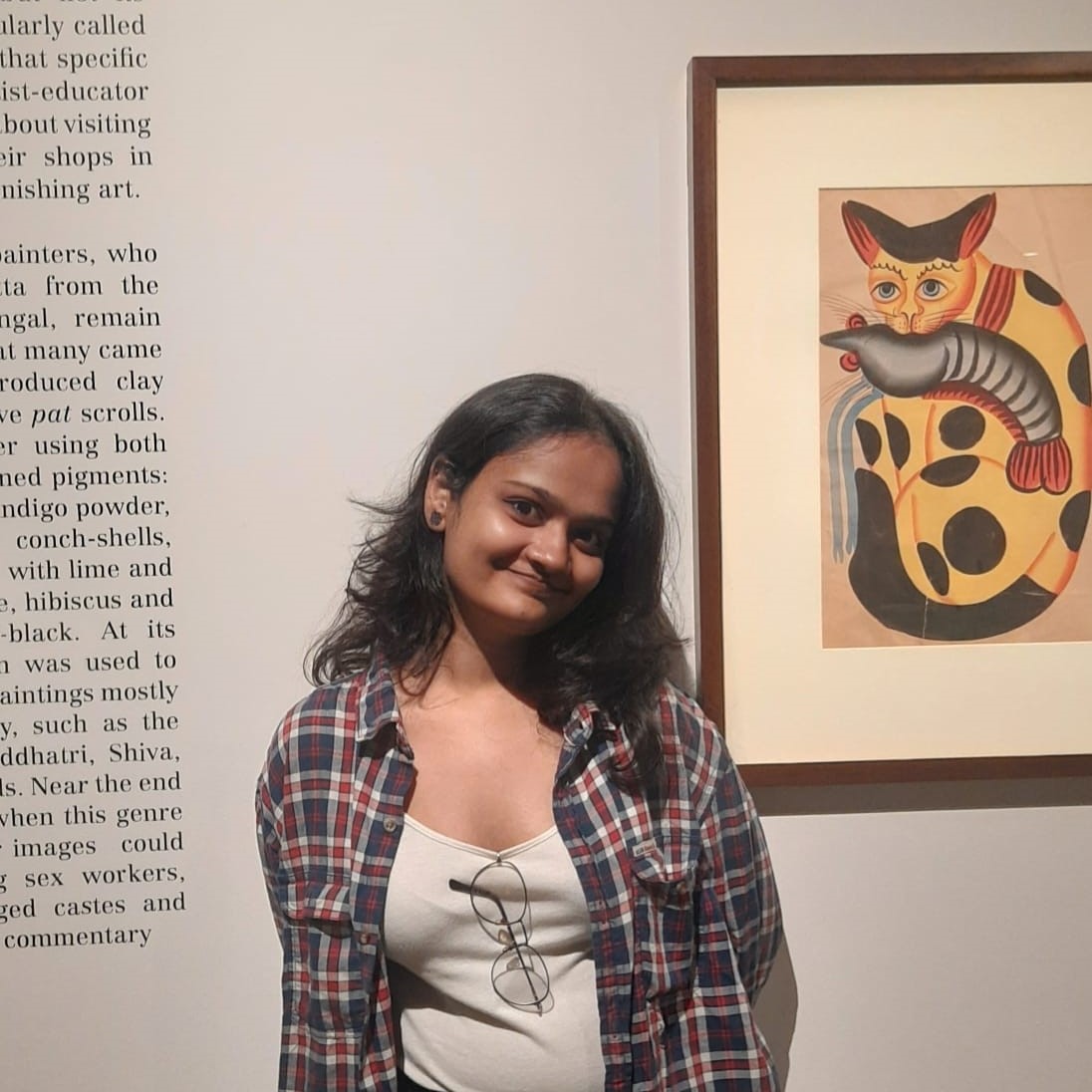
Vaishnavi Srivastava is a learning writer, a keen researcher and a literature enthusiast. She is a Sub-editor at Abir Pothi.

